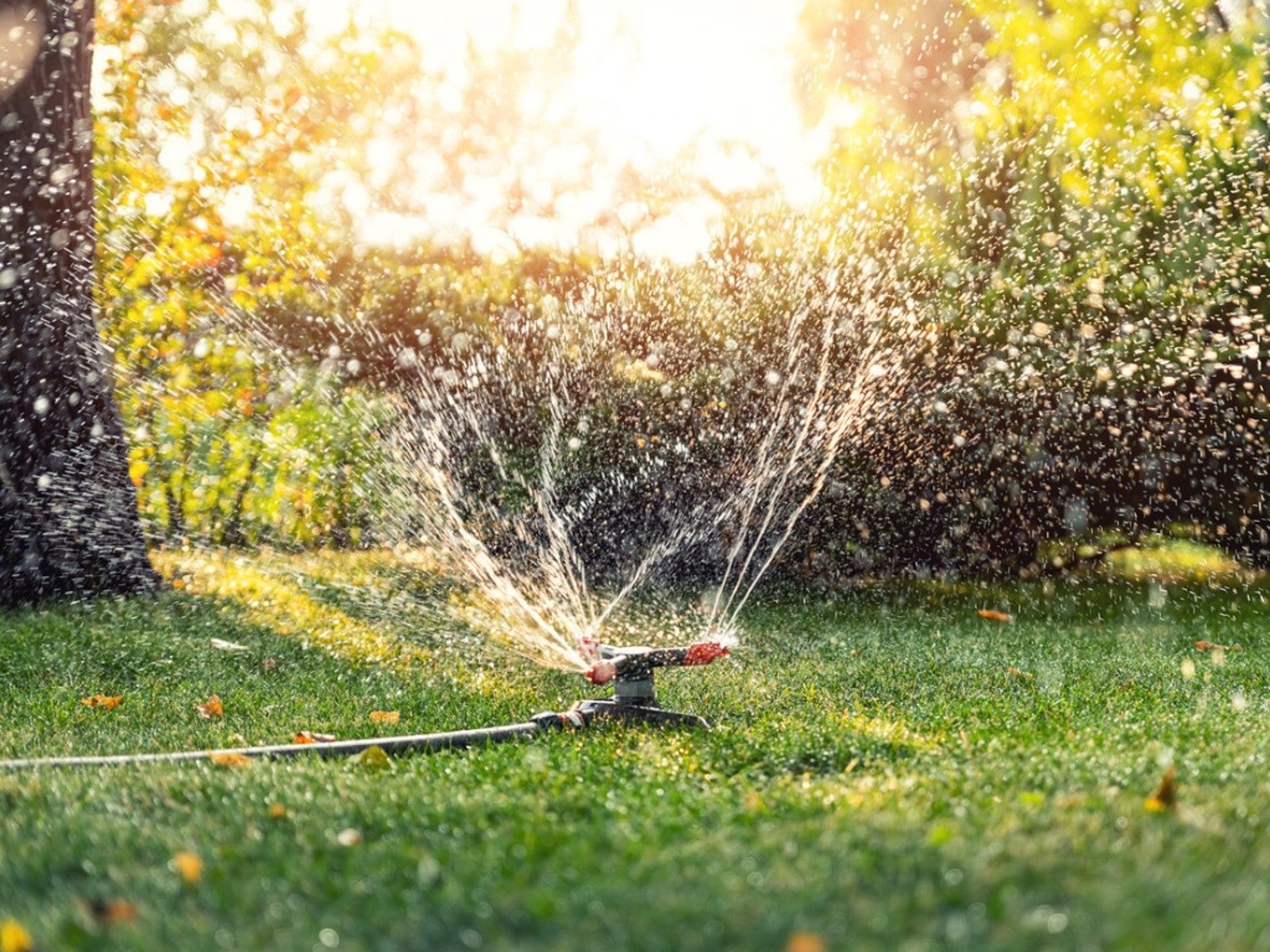Upper Midwest Lawn Care Guide


A lawn care schedule in the Midwest is all about timing. Upper Midwest turf is made up of cool season grasses, which has a particular seasonal cycle. For the best results, match up spring, summer, and fall lawn care in the Midwest with the turf’s seasonal needs.
Upper Midwest Turf Cycle
Michigan, Wisconsin, Minnesota, and Iowa lawn care is similar and timed to the changing seasons of this region. Cool season turf grasses grown in this area go through a specific growth cycle:
- Spring brings a surge in growth in Midwest turf grass. The roots should be deep and rich with nutrients stored in the fall.
- As temperatures rise in summer, cool season grass slows its growth way down. The roots can become damaged in very hot temperatures.
- Fall brings another surge in growth as the grass recovers in cooler temperatures. This surge is not as big as the one that occurs in spring.
- The grass roots start storing energy and growing deeper in fall in preparation for going dormant in winter.
When to Fertilize a Lawn in Michigan, Iowa, Wisconsin, and Minnesota
The best time to fertilize cool season turf is August through October. Fall is when the roots really need to take up nutrients to store over the winter. You can also fertilize in May and early June.
Avoid fertilizing early in spring. This encourages too much leaf growth when temperatures might still get too cold. Also avoid fertilizing on the hot days of summer. This can damage the grass.
Nitrogen is one of the most important nutrients for turf growth, but don’t go overboard. A typical lawn needs four pounds (1.8 kg) of nitrogen per 1,000 square feet (92 square meters) each year. Don’t apply more than one pound (0.5 kg) in any one application. Too much nitrogen compromises root growth and can even burn the leaves.
Mowing in the Growing Season
Mowing correctly is essential to turf health. Mow as needed from spring through fall, but never cut the grass too short. Keep it to a height of about three inches (7.6 cm). And never remove more than one-third of the grass’s height in one mowing.
You can stop mowing during the hottest days of summer when the turf’s growth slows way down. If you water regularly in summer, continue to mow as needed. Leave mulched grass clippings on the lawn rather than bagging.
Sign up for the Gardening Know How newsletter today and receive a free copy of our e-book "How to Grow Delicious Tomatoes".
Watering the Midwest Lawn
Cool season turf grass needs one inch (2.5 cm.) of water per week from spring through fall. If your lawn isn’t getting enough due to lack of rainfall, it’s best to water it. Place a few empty cans around the lawn to measure how much water your sprinkler provides.
It is perfectly fine for the grass to stop watering in summer. Let the grass go dormant and brown, and it will return as the temperatures cool. If you want green grass all summer, you will most likely need to supplement rain water.
When to Dethatch a Lawn in Wisconsin, Michigan, Iowa, and Minnesota
Dethatching is the removal of the layer of dead grass and other organic material that sits on the surface of the soil. It’s not an annual chore, but removing it every few years is good for turf. Too much thatch blocks water, fertilizer, and oxygen from getting to the roots. It can also promote pests and diseases.
Early spring and fall are the best times to dethatch in the upper Midwest. Don’t do it in the summer when the lawn can get stressed. Also avoid dethatching a new lawn. Give it a few years before tackling this chore.
Managing Weeds
Weeds are not necessarily a problem in the turf. In fact, a more diverse lawn is healthier. However, if you want to manage them to some degree, timing is important. Do not apply herbicides in hot weather. This can cause serious damage to the grass.
To manage crabgrass, use a pre-emergent herbicide between mid-April and mid-May. You need to catch it before it actually appears in the turf.
Seasonal lawn care in the upper Midwest follows the growth cycle of cool season grass. Work with your turf and time chores correctly for a healthy, green lawn.

Mary Ellen Ellis has been gardening for over 20 years. With degrees in Chemistry and Biology, Mary Ellen's specialties are flowers, native plants, and herbs.